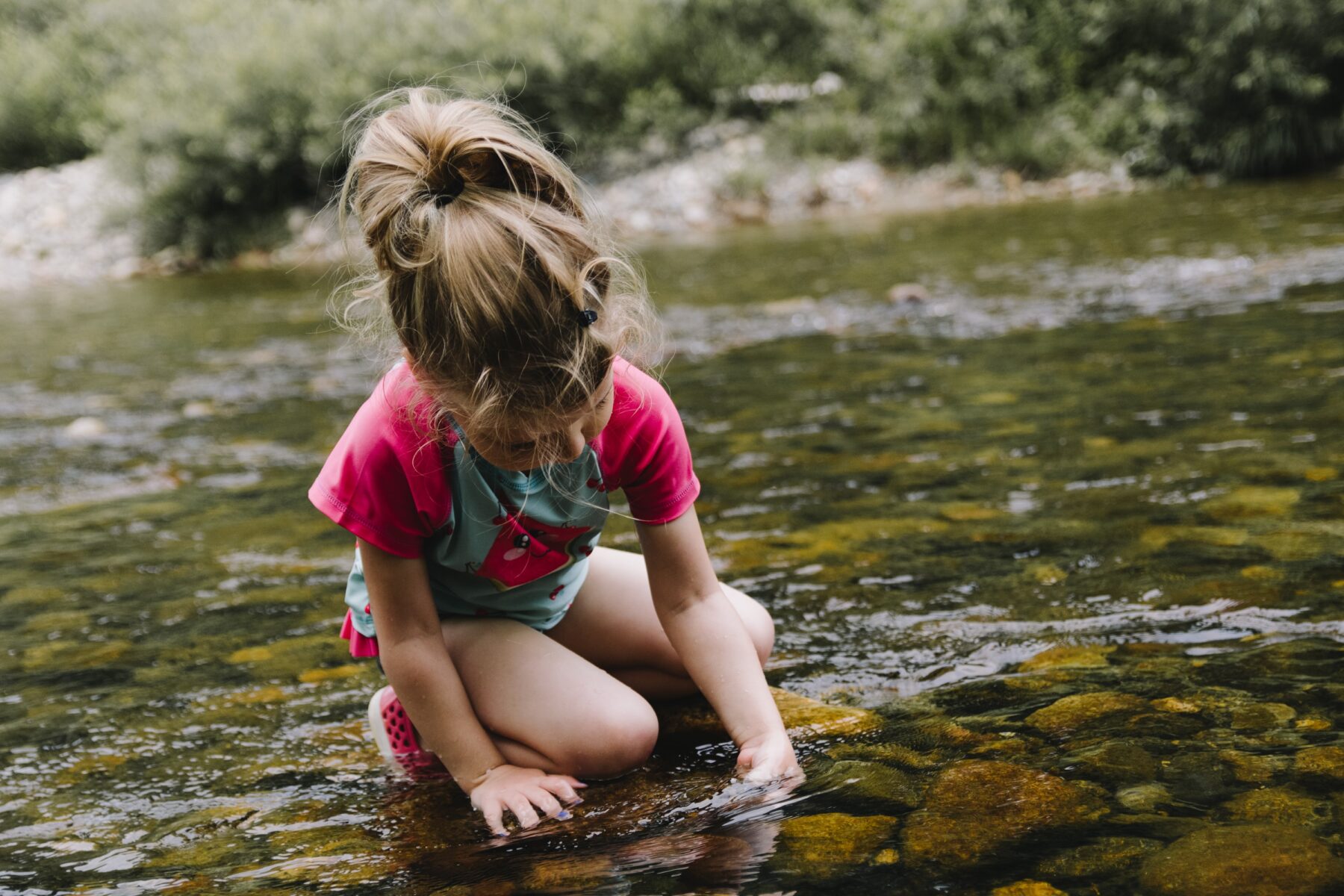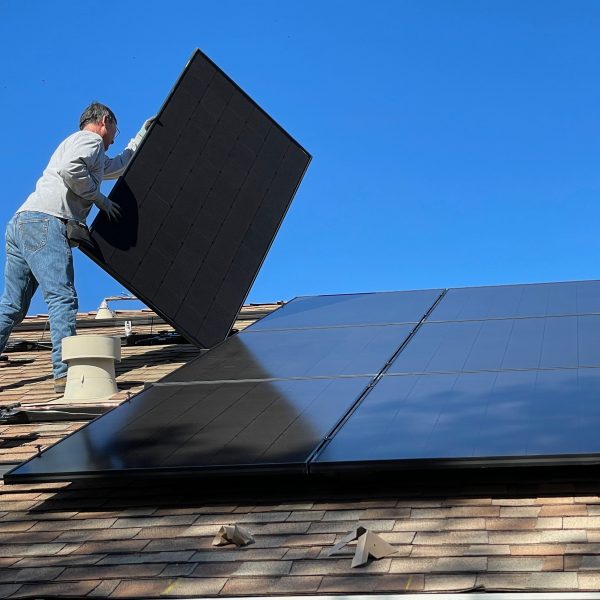How children are helping to make their families more eco-friendly – new research

The UN climate change panel IPCC has warned that 2030 is our deadline for halving global carbon emissions to prevent climate catastrophe. Such a stark threat has seen a surge in youth climate activism across the planet. Millions of young people have sprung into action, striking from school and taking to the streets or social media to galvanise action against climate injustice.
It’s clear that supporting children to care for the natural world from a young age is vital if we are to build an eco-friendly future. And a huge part of children’s environmental learning, or “socialisation”, occurs through observation and role modelling. Learning to emulate family, teachers, peers, admired celebrities or public figures – and being exposed to nature – shapes how children grow up to treat the environment.
As experts in marketing and consumption, we’ve been researching how children and young people up to 19, across genders and geographies, develop predispositions towards sustainability through socialisation.
Primarily, it’s parents or caregivers who teach their children to conform to society’s environmental norms and expectations. By transmitting their own values or guiding principles, they pass on their beliefs about what behaviour is “acceptable”. Crucially, the way parents talk about sustainability – whether positive or negative – influences how children grow up to think about it themselves.
It’s not just about parents, though. If children see their role models’ genuine concern about or efforts towards cutting food waste, reusing bags, bottles and cups, and taking energy-efficient transport, they’re likely to do the same.
What’s more, introducing children to natural landscapes such as forests, the wonders of wild and marine life, and the dangers of pollution from an early age helps them appreciate and care for the environment.
Our research also reflects on how children transmit acquired values, beliefs, norms, knowledge and skills back to their families – potentially altering family behaviour – via the process of “reverse socialisation”.
If a child learns from their teacher about the damaging effects of CO₂ emissions, they may ask their families to reduce car use or take eco-friendly holidays in local spots rather than overseas. And putting recycling bins in schools may encourage kids to ask parents whether they can introduce them at home.
Now, brands are beginning to note how children are encouraging their parents to be greener through pushing them to recycle, cycle or scoot short distances, and compost.
Multinational companies including Procter and Gamble and H&M already acknowledge children as key drivers of sustainability by making them the focus of campaigns highlighting their environmental credentials.
Prompted by letters from their main customers – children – The Lego Group is aiming to make all packaging recyclable by 2025 and exploring ways to build its famous bricks without plastic.
Teaching sustainability
One of the most important places children pick up ideas about the environment is at school. The UK Department for Education’s recent policy paper, on making education more focused on sustainability, is evidence of the government’s growing concerns around how schools can help children become greener citizens.
But these policies can only do so much. We don’t know whether teachers will have enough time to engage with extra environmental teaching, given the demands of the existing curriculum. Also, lessons on sustainability aren’t featured across the curriculum, and kids beyond 14 can opt out from subjects like geography and natural history.
Alternatively, climate learning can be encouraged on screen through virtual reality – providing the opportunity to experience simulated environmental changes due to extreme weather or visualise oceans filled with plastic – or the use of gardening-focused games such as Gro Garden, Gro Recycling and Eco Warriors. And as proposed by the Department for Education, a virtual National Education Nature Park, allowing kids to upload their progress in learning about biodiversity onto digital maps, can help reinforce connections with nature.
It’s clear that getting children involved in sustainability wherever they live will encourage environmental practices that will feed back to their families, helping to create green traditions that can hopefully last a lifetime.![]()
Shaheen Hosany, Lecturer in Marketing, Royal Holloway University of London
This article is republished from The Conversation under a Creative Commons license. Read the original article.
Popular

Quality
Practice
Research
Small ways to teach babies and toddlers body safety and consent in early learning
2025-12-15 08:00:40
by Fiona Alston

Quality
Research
Food safety in early learning centres: Protecting children through better practices
2025-12-15 07:45:24
by Contributed Content

Practice
Quality
Provider
Research
Workforce
Allied health professionals and early childhood program providers invited to join Preschool Boost directory
2025-12-15 07:45:57
by Fiona Alston













